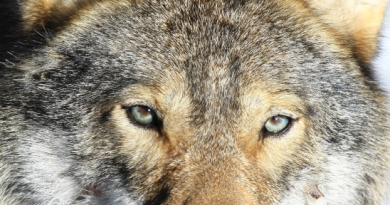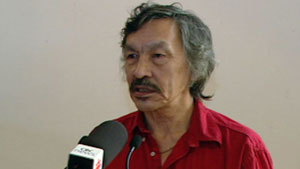Weather equipment failures at Yakutat airport draw political focus, spotlight rural Alaska aviation challenges
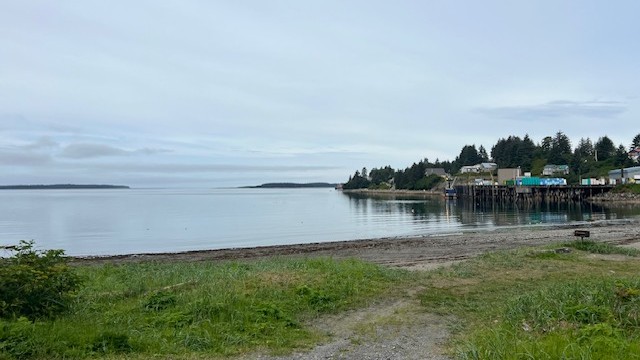
Yakutat Airport’s weather system issues have finally caught a state senator’s attention, prompting a recent summit to find solutions and spotlighting ongoing aviation challenges in rural Alaska.
“The equipment has gone out numerous times over the last six years or so, and when that happens planes can’t get in or out,” Yakutat Mayor Cindy Bremner told Eye on the Arctic. “When it first started happening, it was maybe a day or two, but now it can easily turn into four or five days or more. When it gets to that, you’re talking about people being really stranded.
“We also do not have roads in or out of town so in a little isolated village like Yakutat, our food, to our fuel, to our medicine comes by plane or by barge. It effects medevacs getting in or out. So it’s not just travelling passengers that are affected. It’s everything.”
The crucial weather tool at the heart of rural Alaska’s aviation challenges
The crux of the problem has been the power outages and connectivity problems affecting the airport’s Automated Surface Observing Systems (ASOS), a technology vital for flight safety.
ASOS constantly monitors and reports real-time weather details—like temperature, wind speed, and visibility. This in turn allows pilots and air traffic controllers to make informed decisions about flight safety, takeoffs, and landings, even in tough environmental conditions.
When an ASOS station goes down in Alaska, it creates big problems for flight travel.
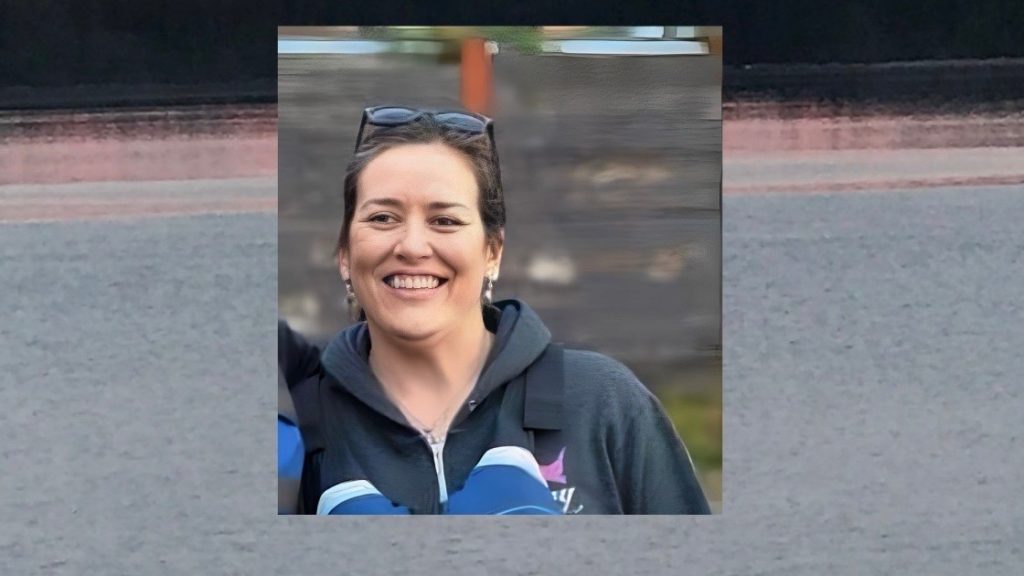
In the past, pilots needed to see the entire route to fly safely, which was tough over Alaska’s vast, often cloudy landscape. Today, some pilots can use Instrument Flight Rules (IFR) to navigate through bad weather, relying on instruments rather than visibility, while others continue to use Visual Flight Rules (VFR), which require clear weather and visibility.
If an ASOS station is offline, airlines can’t fly under IFR rules, even if the weather is perfect.
From the Cockpit: How ASOS failures disrupt flights and operations
Will Day, the executive director of the Alaska Air Carriers Association, said the ASOS issue in rural Alaskan airports is a long-standing concern for pilots as well.
“You can fly to a place like Yakutat and the weather station is functioning, but then you get there, and the weather station goes offline, maybe because there’s a power surge,” he said in a telephone interview. “Then, even if it’s a clear bluebird day, with no bad weather in sight and a gorgeous perfect day to fly, you still cannot go.”
There are approximately 130 ASOS stations in the state. Outages are tracked by the Department of Transportation, with some months seeing ASOS system disruptions at up to 50 per cent of the destinations, Day said.
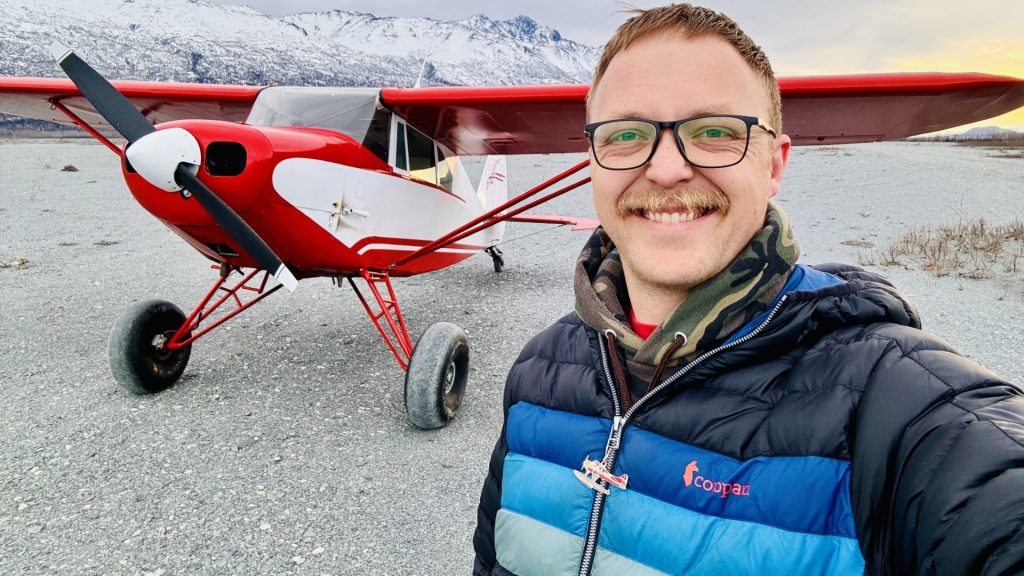
“The entire village has to scramble to say, well, where are we gonna put all these people? How are we gonna house them and what are we gonna feed them?”
Navigating bureaucracy: The Complex web of responsibility for ASOS maintenance
But if everyone understands the gravity of the problem and its ripple effects, one might wonder: why hasn’t the problem been fixed once and for all?
It’s a question Mayor Bremner says she’s asked herself many times, only to be repeatedly confronted by a harsh reality: the government agencies and departments she contacts when the system goes down don’t quite know who’s actually responsible for doing the repairs.
“I spent years trying to figure out who owns this piece of equipment,” she said. “I’d call the airlines, and they’d say, ‘It’s not our equipment; it’s the weather service’s.’ When I called the weather service, they’d reply, ‘Actually, the equipment is under the responsibility of…'”
“So, it’s a multi-agency managed piece of equipment and because they’re federal agencies there’s a lot of bureaucracy that comes with that.
“Those wheels of government turn slow.”
Summit called to resolve Yakutat’s airport woes
And even when the question is eventually answered, the next challenge remains: in a fly-in community, how do you get someone in to fix the system when flights can’t land because the ASOS system is already down?
The recurring issues led U.S. Senator Lisa Murkowski to organize a summit last month in Yakutat to bring everyone together to find solutions, including people from the relevant federal and state agencies.
What prompted Senator Murkowski to take action? She personally experienced the challenges caused by the problem herself.
“Earlier this year, I experienced what many rural Alaskans are all-too-familiar with – a long delay that forced me to redo my travel plans after Yakutat’s ASOS suddenly went down,” Murkowski said in a statement at the time of the summit.
“As I learned more about the tangled management responsibilities of multiple federal agencies overseeing Alaska’s aviation weather reporting systems, it became obvious there have to be system improvements and greater communication between all stakeholders.”
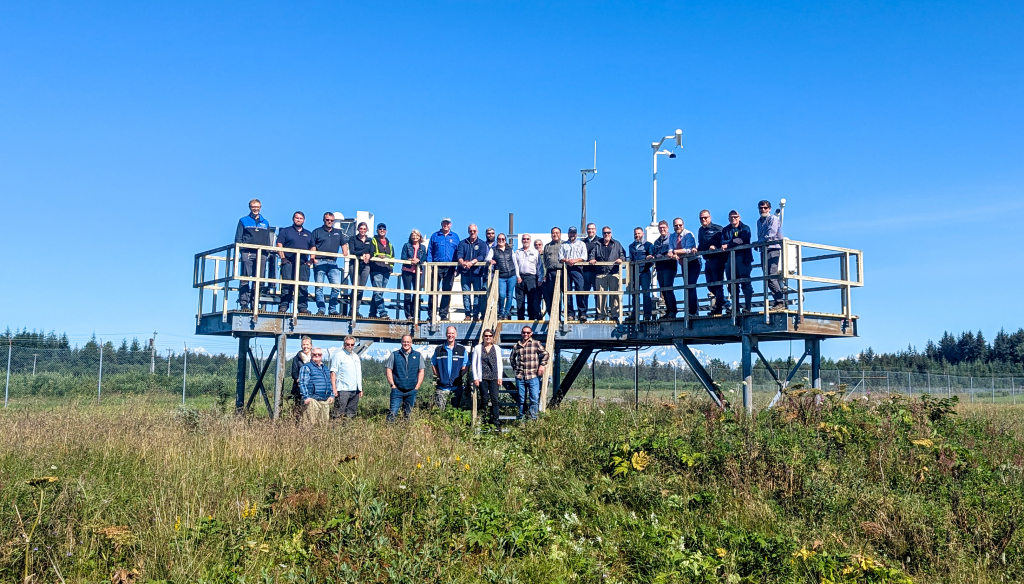
Among the solutions discussed at the summit was the possibility of training a local weather observer to step in when the automated system fails. While the process requires extensive time for both training and certification, Mayor Bremner says the local fire chief has already stepped forward to take on the responsibility.
Other potential solutions to be explored include expanding remote repair capabilities once the community is connected to a planned fiber optic network expected in November, as well as upgrading infrastructure—particularly backup power systems to prevent ASOS disruptions during outages.
Yakutat’s mayor sees light at the end of the tunnel
Yakutat’s mayor said there are no firm deadlines for when the problem will be fully resolved, but noted that having everyone—from politicians to government agencies—gather in Yakutat to meet the affected community and witness the challenges firsthand makes her optimistic that they are on the right track to finding a durable solution.
“[Senator Murkowski] was excellent at getting people from every agency that has a hand in this piece of equipment to the community and saying we need solutions,” she said.
“I learned more about ASOS [at the summit] than I probably ever really would have wanted to know and while we don’t have a complete fix yet, I’m really hopeful that this was the start of really addressing the problem.”
Related stories from around the North:
Canada: Northern airlines say feds should intervene if they want lower prices for the North, CBC North
Finland: Record December passenger numbers for airports in Arctic Finland, Eye on the Arctic
Greenland: New Copenhagen-Kangerlussuaq flight aims to boost Greenland tourism, Eye on the Arctic
Norway: Air France launches flights to three destinations above the Arctic Circle, The Independent Barents Observer
Sweden: Northern Scandinavia to pioneer commercial flights with electric planes, Radio Sweden


